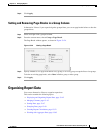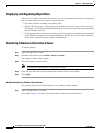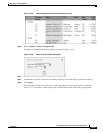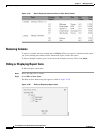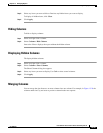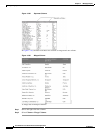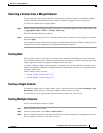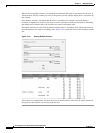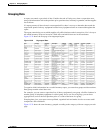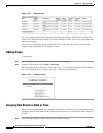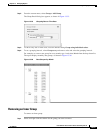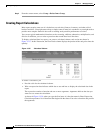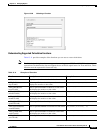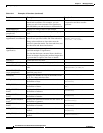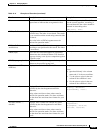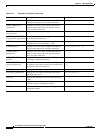
13-49
User Guide for Cisco Secure Access Control System 5.4
OL-26225-01
Chapter 13 Managing Reports
Organizing Report Data
Grouping Data
A report can contain a great deal of data. Consider the task of listing every item a corporation owns,
along with information such as the purchase price, purchase date, inventory tag number, and the supplier
for each item.
If a report presents all these items in an unorganized list, there is no way to determine how much the
corporation spends for heavy equipment because heavy equipment items are scattered throughout the
report.
The report cannot help you see which supplier sells office furniture at the lowest prices. Nor is it easy to
tell which inventory items are located at a field office and which items are in the warehouse.
Figure 13-32 shows the first page of an ungrouped report.
Figure 13-32 Ungrouped Data
To organize all this information into a useful inventory report, you create data groups and data sections.
Data groups contain related data rows.
For example, you can create a report that lists all heavy equipment in one group, all office furniture in
another group, all telephony equipment in a third group, and so on. For each group, you can show
aggregate data, such as the total purchase price or a count of the items in a group.
Grouping data gives your report a more polished, organized look and makes it easier to create useful
comparisons and calculations.
Figure 13-33 shows the same inventory, grouped according to the category, with one category on each
page.



